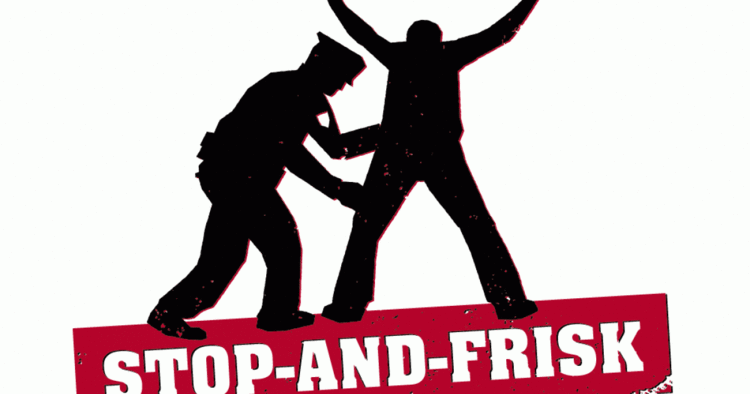By JOSEPH GOLDSTEIN
One man was stopped and frisked because of his expensive red leather jacket — similar to one that a murder suspect was wearing in a wanted poster. Another man was stopped after a woman complained to the police that he was following her. Still another was stopped by officers who had watched him jostle the door of a home, trying to get in.
Recruited by civil rights lawyers, these men and others have testified about their encounters with the police in a federal trial weighing whether the soaring number of stop-and-frisk encounters has resulted in widespread constitutional violations for hundreds of thousands of black and Hispanic men. They were chosen to give voice to the toll that the police’s use of the tactic has inflicted on an entire demographic, their lawyers say.
But over the trial’s first month, some of these men’s accounts seemed to veer away from the straightforward narrative of racial profiling — and may have actually undermined the plaintiffs’ efforts to demonstrate that the police routinely disregard the Fourth Amendment’s protection against unreasonable police detentions.
Whether the circumstances of each case rose to the level of “reasonable suspicion” — the legal standard required for forcible street stops — is a question that the judge, Shira A. Scheindlin of Federal District Court in Manhattan, will ultimately decide. Even if she finds these individual stops fall short of that legal threshold, there is still evidence suggesting the stops were not, as the plaintiffs claim, “suspicionless and race-based.” But the civil rights lawyers bringing the case say they have presented ample evidence of race-based decision-making by police officers.
So far nine people have testified about more than a dozen occasions on which they were stopped. (Two more witnesses will testify.) These accounts are the foundation of a trial exploring whether the New York Police Department’s training, supervision and patrol strategies have led to weakened constitutional protections for minority men.
The plaintiffs’ lawyers, who are with the Center for Constitutional Rights, are asking Judge Scheindlin to put the department’s stop-and-frisk practices under judicial oversight.
But with five million police stops recorded since 2002, it would seem that the civil rights lawyers would be able to find witnesses to present far more conclusive accounts of unconstitutional police stops — an incongruity that lawyers for the city sought to portray during opening arguments as indicative of the case’s weakness.
… But the testimony offered so far has presented a more nuanced picture of police work than the one the plaintiffs had hoped to show. In several of the dozen stops described by witnesses, the police appeared to have specific reasons for suspecting that the men were engaging in criminal activity. Even a police stop of the lead plaintiff in the case, David Floyd, seems open to interpretation.
 |
| David Floyd, shifty-looking door-jostler |
Sgt. James Kelly of the Police Department, one of five witnesses to testify about the stop of Mr. Floyd, said he observed Mr. Floyd and another man standing in front of a door, jostling it. He grew more suspicious, he testified, after watching them unsuccessfully try several keys in the door. “It looked like they were forcibly trying to get into a house,” Sergeant Kelly testified.
During the ensuing stop-and-frisk encounter, Sergeant Kelly and the two officers with him eventually accepted that the two men were not burglars but tenants: one had been locked out, and a neighbor, Mr. Floyd, had sought to let him back in.
